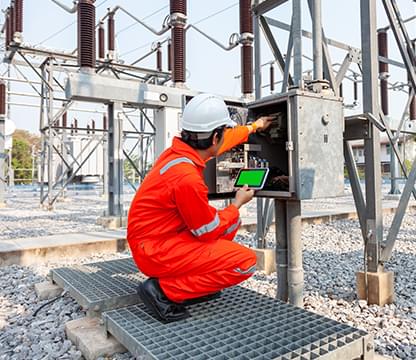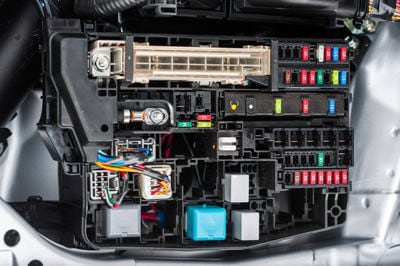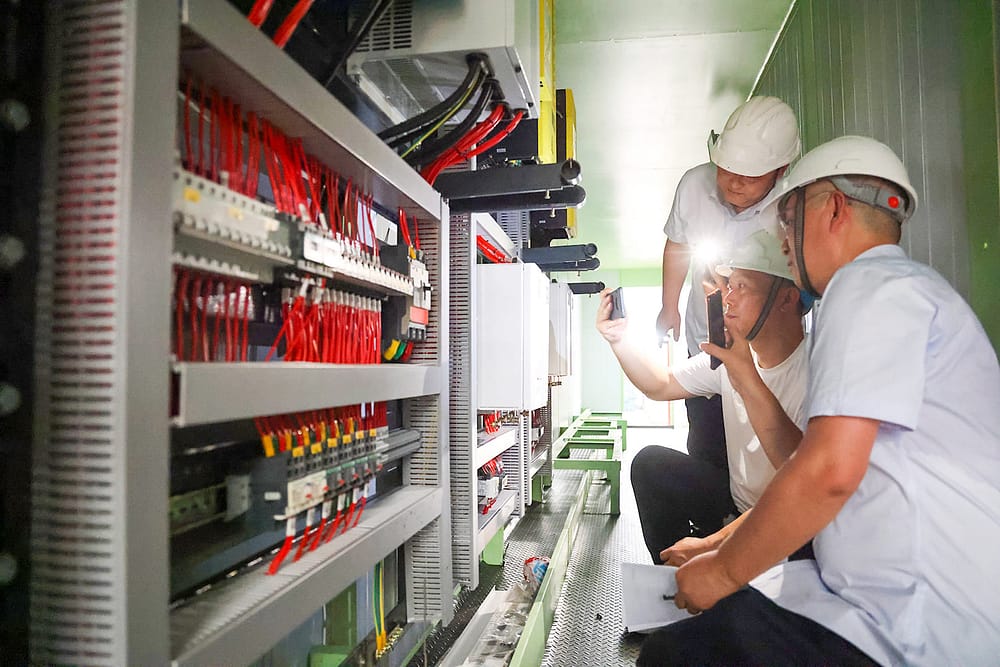Improve processes with professional mechanical system optimisation support.
Improve processes with professional mechanical system optimisation support.
Blog Article
Top Tips for Effective Electric System Troubleshooting
Repairing electrical systems calls for a methodical approach, grounded in an extensive understanding of electrical principles and security protocols. The nuances of efficient repairing extend past simple technological understanding; comprehending just how to document searchings for and focus on safety and security can significantly affect end results.
Understand the Essentials
Understanding the essentials of electric systems is essential for efficient troubleshooting, as a strong foundation permits service technicians to diagnose and settle problems more successfully. A comprehensive grasp of electric principles, such as voltage, current, resistance, and power, is essential in recognizing the source of problems. Voltage is the electric prospective distinction that drives present through a circuit, while resistance opposes the flow of existing, affecting the total performance of the system.
Familiarity with circuit components, consisting of resistors, capacitors, diodes, and switches over, is likewise critical. Each element plays a distinctive duty in circuit behavior and can impact performance when malfunctioning. In addition, comprehending series and parallel circuit setups is crucial, as these plans influence the circulation of voltage and current within the system.
Additionally, expertise of safety protocols is essential. Service technicians should be aware of possible threats, such as shock and brief circuits, to implement secure troubleshooting techniques. By understanding these foundational concepts, service technicians enhance their capability to conduct reliable diagnostics and fixings, inevitably causing enhanced efficiency and reliability of electric systems. This foundational understanding is the cornerstone of effective troubleshooting endeavors.
Gather Necessary Devices
Efficient troubleshooting of electrical systems requires the right collection of devices to detect and resolve problems accurately. Vital tools include a multimeter, which gauges voltage, current, and resistance, allowing for specific examinations of electric elements.
In addition, insulated hand tools such as screwdrivers, pliers, and wire pole dancers are crucial for safely controling electrical connections. It is likewise a good idea to have a circuit tester accessible to confirm the presence of voltage in outlets and cords. For more complex systems, a thermal imaging cam can help spot overheating parts, indicating prospective failings.

Comply With an Organized Technique
Having actually gathered the proper devices, the following step in fixing electric systems is to comply with an organized method. A methodical approach makes sure that specialists can recognize faults effectively and precisely, minimizing downtime and protecting against unneeded repairs.
Begin by reviewing the system's schematic layouts and specifications. This includes checking each component methodically, starting from the power source and functioning in the direction of the load.
Use screening devices, such as multimeters and oscilloscopes, to gather objective information about voltage, current, and resistance at different points within the system. This empirical evidence will assist your troubleshooting initiatives and aid to confirm or remove potential causes of failure.
In addition, take into consideration environmental aspects that may influence the system's performance, such as temperature changes or wetness access. A thorough assessment of electrical wiring, links, and components will certainly ensure that all opportunities are accounted for.
Paper Your Searchings For
Extensive paperwork is necessary in the troubleshooting procedure of electric systems. Accurate records improve the performance of recognizing persisting problems and facilitate interaction amongst team participants. Each finding must be diligently noted, consisting of symptoms observed, examinations performed, and the end results of those examinations. electrical system troubleshooting. This practice not just check here help in recognizing the origin cause of the issue yet additionally functions as a recommendation for future repairing initiatives.

Additionally, maintaining a log of components changed or repair services executed is indispensable. This information sustains stock monitoring and can help evaluate the longevity and integrity of particular components.
Eventually, the documentation process need to be complete yet concise, making it possible for very easy access and testimonial - electrical system troubleshooting. By focusing on thorough paperwork, specialists can develop a useful data base that not just help in current troubleshooting however also empowers future maintenance initiatives, therefore boosting total system dependability

Prioritize Security Steps
Identifying the intrinsic dangers related to electrical systems is essential for making certain safety during troubleshooting. Electric shock, burns, and equipment damages are simply a few of the possible dangers that service technicians encounter. Focusing on safety and security steps is not only a legal responsibility but also a moral vital that useful content safeguards both the service technician and the surrounding atmosphere.
Prior to starting any type of troubleshooting task, specialists need to don appropriate personal safety tools (PPE), consisting of shielded handwear covers, security glasses, and flame-resistant apparel. Making sure that the work location is dry and without mess can dramatically minimize the danger of crashes. In addition, it is crucial to de-energize circuits before beginning any kind of job, confirming that they are not live with the use of a multimeter or voltage tester.
Establishing clear interaction methods with staff member is likewise important; this makes sure that everybody recognizes prospective hazards and the condition of the electric system being serviced. Having an emergency reaction strategy in location can confirm vital in the event of an incident. By prioritizing safety actions, professionals can effectively reduce risks and promote a Look At This more secure work environment.
Conclusion
Efficient electrical system fixing depends on a detailed understanding of essential principles and a methodical approach. Prioritizing safety and security procedures makes sure the health of individuals included and the honesty of the electrical system.
Report this page